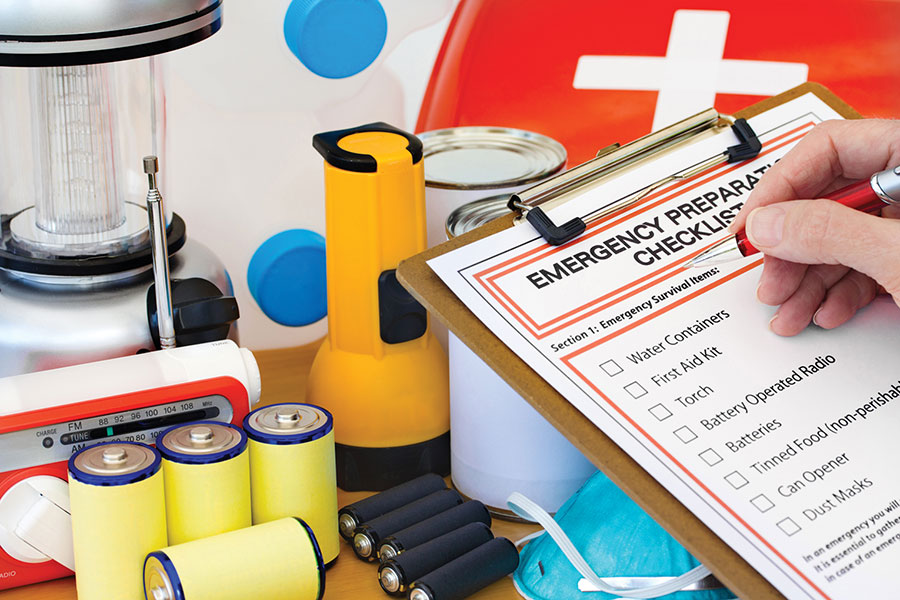WELLINGTON COUNTY – Sometimes even the most diligently maintained vehicles run into problems.
Preparing for unexpected emergencies will help alleviate anxiety in stressful situations and can help keep you safe. Here are some things you can do to prepare for potential car troubles.
A well-packed emergency kit ensures you have the tools on hand to assist you in getting help, it alerts other drivers to the presence of your vehicle and it enables you to cope with basic challenges.
Suggested contents for an emergency kit are listed below.
First aid kit
Keep a first aid kit in your car at all times. Include items such as antiseptic wound cleanser, various sizes of adhesive bandages, gauze pads, medical tape, safety pins and scissors, tensor bandages, rubber gloves, burn care, aspirin, and any medications you may need.
Prepared kits are also sold – be sure to familiarize yourself with the contents and replace items you may use.
Blanket
With variant temperatures and four seasons, having a blanket in your vehicle year-round is a must.
If you break down, a blanket can help to keep you warm without having to run your engine (which puts you at risk of carbon monoxide poisoning).
A further precaution is to pack a thermal blanket to help contain your body heat.
Cell phone
Always fully charge your cell phone when preparing for a road trip and make sure to include a spare cell phone charger in your emergency kit.
Even a cell phone without a service plan or out-of-service range can be used to call for help in the case of an emergency.
Fire extinguisher
Keep a small multi-purpose dry chemical fire extinguisher in your trunk – only to be used for small fires that have just ignited (wiring, oil leaks, etc). If your vehicle is on fire, it is safer to move away from the vehicle to a safe distance from the road and the car.
Flares
Flares can help to attract attention, identify your location to roadside assistance operators, and warn other drivers of the location of your vehicle – particularly in poor visibility conditions.
Flashlight
A waterproof flashlight (in case of inclement weather) can help you see and be seen in the dark.
Food and water
Non-perishable foods such as granola or energy bars and drinking water in case you have to wait for assistance.
Jumper cables
Jumper cables can help you start your car if you’re experiencing trouble with your battery or charging system. If you are unsure how to use them, call for roadside assistance.
List of phone numbers Keep a list of emergency phone numbers in your kit. Include phone numbers for friends, family and roadside assistance.
Paper map
Yes, paper! A GPS isn’t going to help you if you don’t have power or have a weak signal.
Reflective triangles, vest
Ensure you have at least three triangles. Many prepared emergency kits contain one warning triangle, however it is better to have three that you can place 15 metres apart to warn oncoming traffic. Put on your vest for visibility. Don’t place the triangles if it puts you at risk of being hit by oncoming traffic.
Comfortable shoes, socks
Comfortable shoes are a must for changing tires, walking for assistance and even warmth.
Waterproof gear
Keep waterproof gear in your car in case you have to exit your car in the rain so you stay warm and dry.
Whistle
A whistle can help attract attention if you’re in trouble.
Winter extras
Add the following items to your emergency kit: a candle in a deep can and matches for light and warmth, road salt and/or kitty litter, a small shovel, a snow brush or ice scraper, extra windshield washer fluid.
For more tips visit becarcareaware.ca.




